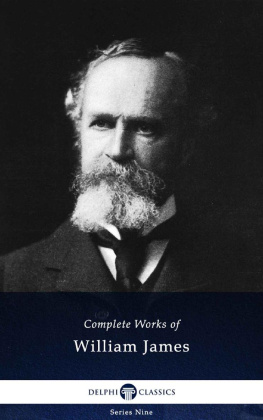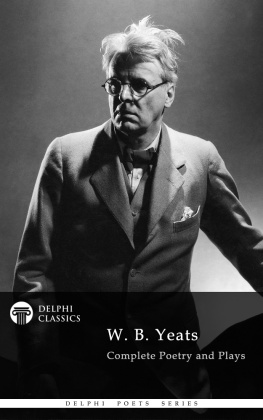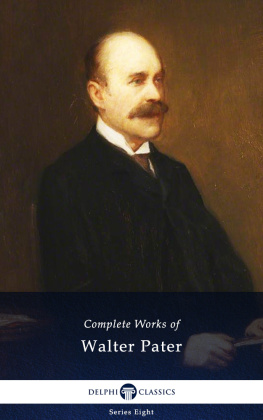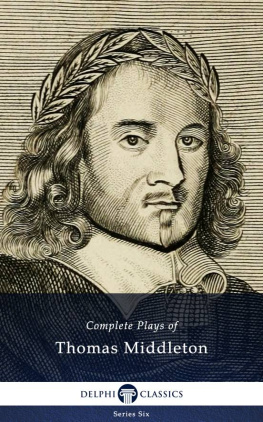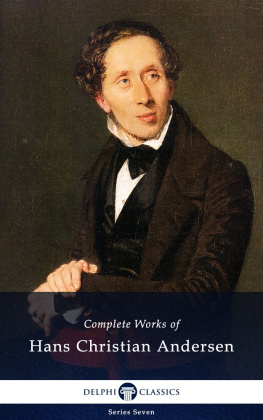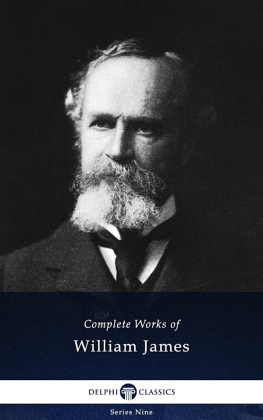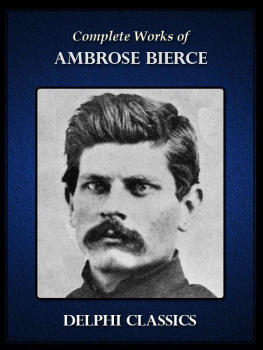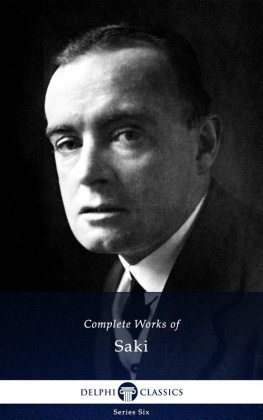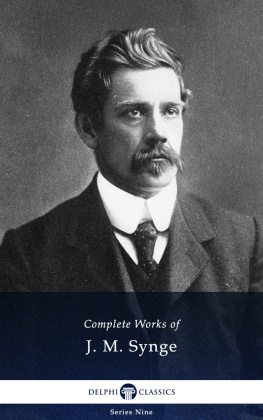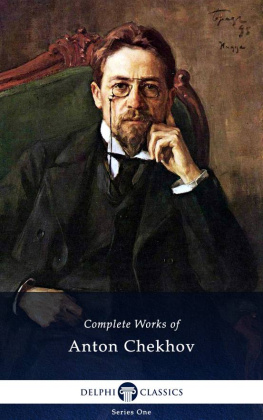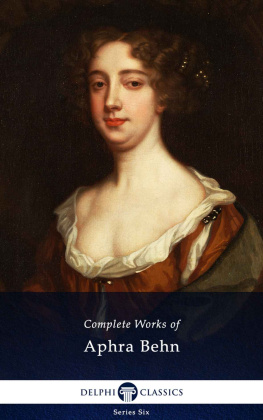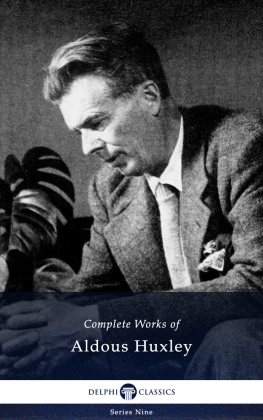M. R. James, photographed in 1900
GHOST STORIES OF AN ANTIQUARY

This is M. R. James first short story collection, which was published by Edward Arnold in 1904. Two of the stories (Canon Alberics Scrapbook and Lost Hearts) had previously appeared in journals, but the rest were published here for the first time. The first seven stories had been written to be read aloud at private gatherings for colleagues and students, which James held annually at Christmas in his rooms at Kings College, Cambridge , where he was a Fellow. This accounts for the distinctive narrative voice, implying an academic or scholarly persona easily identifiable with James himself. These first seven stories had been composed between 1894 and 1904, while The Treasure of Abbot Thomas was written specifically to add length to the collection.
When Ghost Stories of an Antiquary appeared, Montague Rhodes James (known to his friends as Monty) was 42 years old and a highly-regarded historian and textual scholar, particularly in the fields of medieval history, Church history and Biblical studies. The appearance of this book marked the beginning of the secondary career for which he is most widely known to posterity as a writer of brilliantly-crafted ghost stories.
The tales in this first collection, however, were originally written for amusement only and were never actually intended for publication. The story of how James finally came to offer the tales to a publisher is a tragic one. One of his closest friends was a young artist named James McBryde. Accounts differ, but it seems James had invited McBryde to illustrate the stories for publication in order to help promote the young mans work. In the end, however, McBryde was only able to complete four illustrations before his sudden death, the result of complications following an appendix operation. James refused to engage a new illustrator and the book became a tribute to McBrydes memory. James himself remained close to McBrydes widow Gwendolyn until the end of his life and acted as legal guardian to his friends young daughter.
The tales themselves established immediately the formula that was to define the traditional ghost story genre in twentieth-century Britain . The protagonist is typically a scholarly gentleman of leisure, who encounters a terrifying and visceral remnant of the past he is engaged in investigating. Usually, this revenant is linked to a particular mysterious object or text and the encounter tends to take place in a quiet rural or collegiate setting, which contrasts startlingly with the violence of the apparitions themselves.
Another noteworthy feature that has had a profound effect on later practitioners of the genre is the structure of the tales. James emulated the style of his favourite author Sheridan Le Fanu, whose stories provided a slow build up, hinting gradually at the supernatural before culminating in a climactic burst of horror. James also drew on his knowledge and experience of antiquarian research to create convincing historical and textual background, often structuring the tales as a series of fragments unearthed either by the narrator or by the main protagonist. There is variation, however, of tone and treatment, ranging from the humorous Number 13 to the truly horrific Count Magnus and Lost Hearts a story James would later express as being among his least favourite, due to its especially gruesome central idea.

The cover of the first edition

James at Cambridge , 1910

The Cathedral of St Bertrand de Comminges in the South of France , the setting for James first ghost story: Canon Alberics Scrapbook

One of James McBrydes illustrations for the collection, depicting a scene from Canon Alberics Scrapbook. All of McBrydes illustrations are provided in situ in this edition of the stories.
CONTENTS

A scene from Jonathan Millers 1968 television adaptation of Oh, Whistle, and Ill Come to You, My Lad, entitled simply Whistle and Ill Come to You

Neil Crosss 2010 television drama Whistle and Ill Come to You was also inspired by James story, weaving elements into a new tale with a modern setting.

A scene from the 1973 television adaptation of Lost Hearts, broadcasted as part of the BBCs acclaimed Ghost Story for Christmas strand


